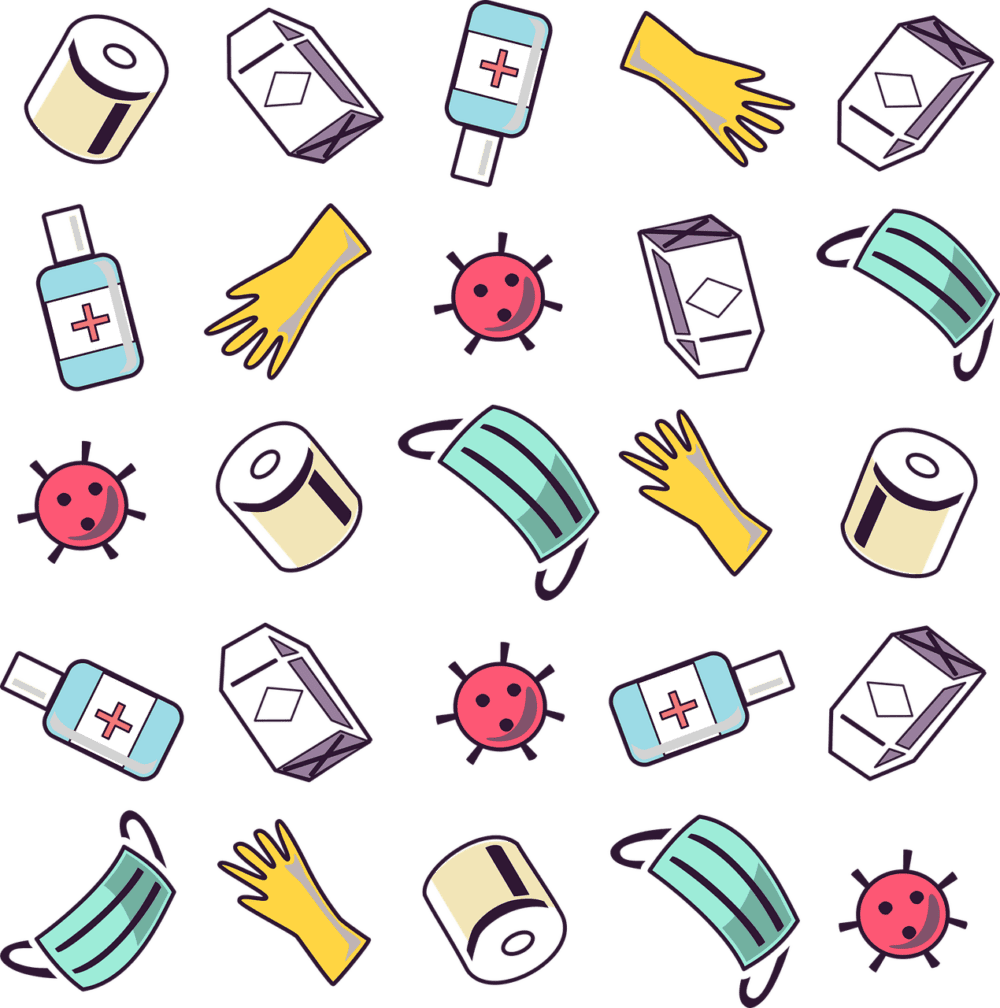As many of you may be aware, a new coronavirus has been identified. While this virus has been declared a public health emergency of international concern, for the general Canadian public, who are unlikely to be exposed to this virus, the immediate health risk from the coronavirus is considered low. However, it is considered prudent to take precautionary measures to reduce the risk of exposure for individuals and first aid providers. Precautionary measures are similar to the preventative measures for preventing other infections such as those we are already taking this flu season. These measures include:
1. Wash your hands with soap and water for at least 20seconds. Use an alcohol-based hand sanitizer that contains at least 60% alcohol if soap and water are not available.
2. Avoid touching your eyes, nose, and mouth with unwashed hands.
3. Avoid close contact with people who are sick.
4. Stay home when you are sick.
5. Cover your cough or sneeze with a tissue, throw the tissue in the trash, and then wash your hands.
6. Clean and disinfect frequently touched objects and surfaces with a commercial disinfectant/sanitizer.
Training Partners are encouraged to advise first aid participants to remain vigilant in their hygiene practices. If they are feeling unwell prior to the course commencing, it may be prudent to encourage them to stay home and offer to register them into a later course when they are feeling well.
Decontamination of Training Aids and Classroom Considerations
All teaching aids used during Canadian Red Cross First Aid learning interventions must be clean and safe for use – this means that they have been properly decontaminated following use and safely stored. This includes all first aid equipment and education-based tools which learners will come in contact with during a learning intervention. Note that some training aids can be decontaminated, while others will need to be disposed of after single use.
Be mindful of the other items used in your classroom (pens, AED trainers, floor mats, tables, chairs, etc.). Ensure they are regularly cleaned and maintained. This includes cleaning surfaces that may collect germs using 70% Isopropyl, Ethyl Alcohol, or a similar disinfecting wipe as well as replacing batteries and/or components that show wear. After decontaminating teaching aids, ensure they have completely dried, then store them in a cool, dry location.
For details connected to decontaminating specific training aids, please see the First Aid National Program Standards. Here are some reminders for keeping your learners and classrooms safe:
• Good hand hygiene during the learning intervention can help to reduce the risk of transmission.
• If learners will be sharing a mannequin, all surfaces will need to be cleaned between each participant’s use (this includes the mannequin face, mouth, and chest plate).
• Mannequins must be decontaminated after each session. For example, if using the mannequins on day one, you must decontaminate at end of day before using again on day two.
• Do not place contaminated training aids into your clean carrying bags – this will create contamination. Bring a separate receptacle (e.g., garbage bag, laundry tub) to transport the contaminated training aids to your cleaning space. If this receptacle will be reused, it should also be cleaned.
• Wait until training aids are fully dry following decontamination before storing in your carrying bags. Store the bags in a cool, dry location to prevent mildew.
• Wait until future use before reinstalling disposable lungs. Storing training aids with lungs already installed can lead to contamination from airborne contaminants.

